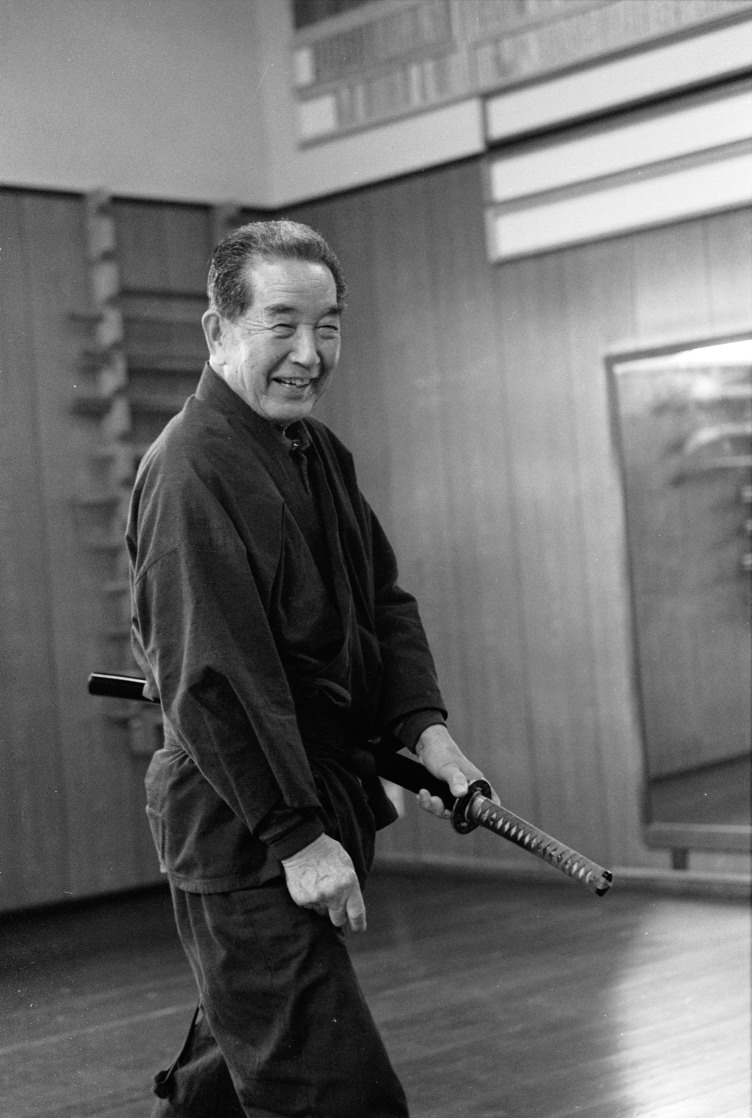Curriculum
Tenshinsho-den Katori Shintō-ryū is a comprehensive art comprised of martial training, strategic study, philosophy, and character development. Training methods include: Kenjutsu (swordsmanship), Iaijutsu (sword drawing), Bōjutsu (staff techniques), Naginatajutsu (halberd techniques), Ryōtōjutsu (twin swords), Kodachijutsu (short sword techniques), Sōjutsu (spearmanship), Yawara/Jūjutsu (unarmed combat) and Shurikenjutsu (art of throwing spikes). Studies on strategy include Gunbaihō (troop movement and positioning), Chikujohō (fortifications), Jin’ei (troop formation), Noroshi (smoke signaling), Ninjutsu (espionage), and Tenmon Chimon Fūsui based on Yin/Yang and Five Element theory. These advanced studies of strategy and the way of peace have been transmitted through the generations to the present day.

Joining the Tradition
Those interested in joining the tradition must sign a pledge, Kishomon, through the act of taking a blood oath, Keppan, to the Deity of Katori JIngu and to Marishiten, a Buddhist Deity. You take Keppan in Japan, and it is a tradition that has been transmitted for generations in Katori Shinto-ryu and in many martial arts ryu in Japan. In Katori Shinto-ryu it ensures that aspiring students understand the correct View with which they are expected to approach entry to and study within the tradition. Applicants pledge to uphold the following rules:
Oath to the Supreme Dieties
On becoming a member of the Tenshinshō-den Katori Shintō-ryū, which has been transmitted by the Great Deity of the Katori Shrine, I herewith affirm my pledge that:
1. I will not have the impertinence to discuss or demonstrate details of the ryu to either non-members or members, even if they are relatives.
2. I will not engage in altercations or misuse the art against others;
3. I will not engage in any kind of gambling or frequent disreputable places;
4. I will not cross swords with any followers of other martial traditions without authorization
I hereby pledge to firmly adhere to each of the above articles. Should I break any of these articles I will submit to the punishment of the Great Deity of Katori and the Great Deity Marishiten. Herewith I solemnly swear and affix my blood seal to this oath to these Great Deities.
Once completed, the applicant is recognized as a member of the tradition, with the pledge serving to teach them the correct approach toward the tradition and the learning process.
Learning Process
Due to being in America, new students of Katori Shinto-ryu in this dojo will start with kihon or basics of Japanese swordsmanship for about a month. Following that, the learning process is as it is done in Japan. Students are taught kata (pre-arranged routines) that are studied and practiced together with more senior practitioners under the supervision of their teacher. Training in and with the kata, which contains the art’s pith and essence, enables students to gradually ingrain the art’s technical, theoretical and philosophical approach in an intuitive manner.
Students who then practice these kata in earnest over a period of time are eventually introduced to a wider range of instruction in the curriculum of the art. Practitioners are awarded scrolls (Mokuroku, Menkyo, and Gokui Kaiden) in line with their development.